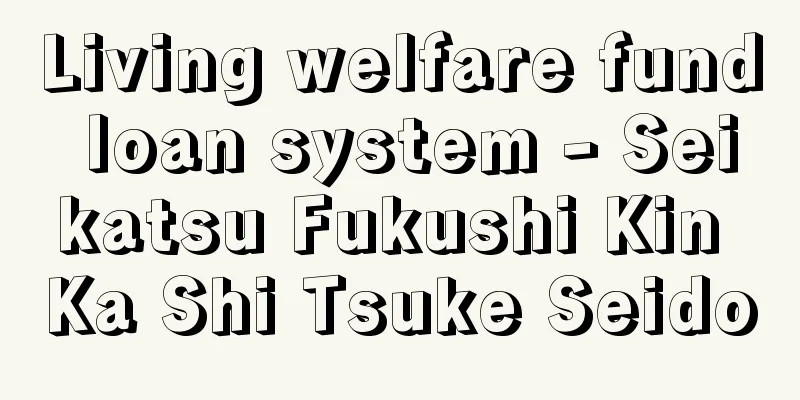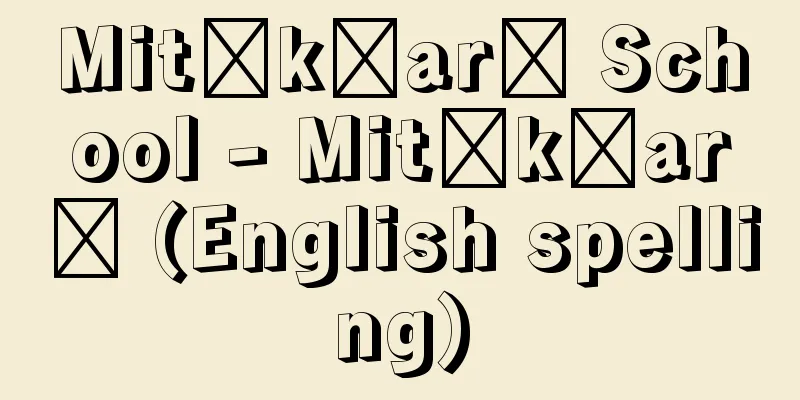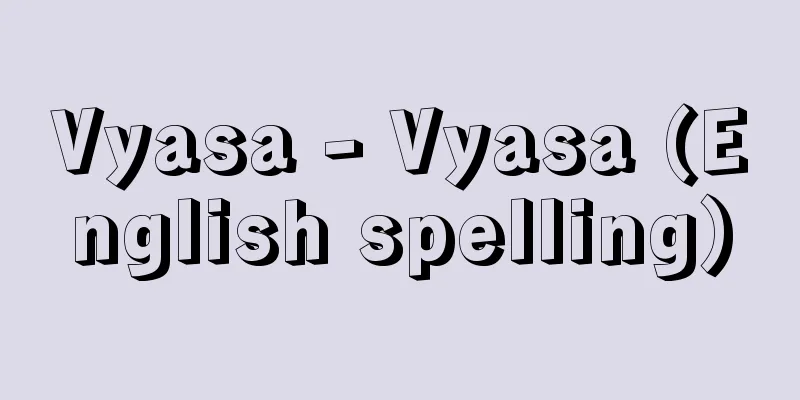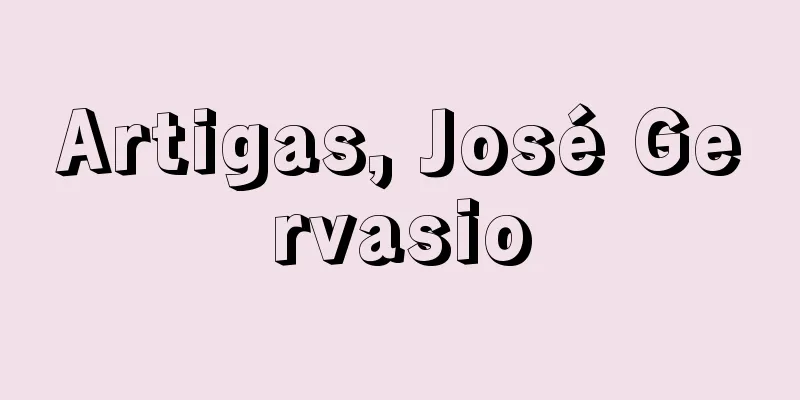Living welfare fund loan system - Seikatsu Fukushi Kin Ka Shi Tsuke Seido

|
This is a system that provides interest-free or low-interest loans to low-income households, those with disabilities, and elderly people, according to the household's circumstances and needs, such as for employment, skill acquisition, attending high school or university, and expenses for nursing care services and services for the disabled. This system is characterized by the fact that in addition to financial assistance through loans, local welfare commissioners provide consultation support to the households that borrow the funds. This is due to the history of this system. The Living Welfare Fund Loan System was originally called the "Household Rehabilitation Fund Loan System" and was established in August 1955 to support the "Household Rehabilitation Movement" which was started as a nationwide private activity based on the "Resolution of the Household Rehabilitation Movement Practice Agreement" at the 7th National Conference of National Welfare and Child Welfare Committees in 1952 (Showa 27) with the aim of preventing poverty and helping those in need of assistance to become self-reliant. In response to this, the significance and role of the "Household Rehabilitation Movement" was recognized. In 1990 (Heisei 2), in response to the demand for further promotion of home welfare, the loan conditions were improved in response to changes in the economic and social situation, and the name was changed to the "Living Welfare Fund Loan System". In October 2009 (Heisei 21), the system was significantly revised and a "Comprehensive Support Fund" was established to provide ongoing consultation support as well as loans for living expenses and temporary funds. As of 2016, the implementing body is the Prefectural Social Welfare Council, and the consultation and counter is the city, town, and village social welfare council within the prefecture. There are four types of loan funds: general support funds (living support expenses, housing expenses, temporary living reconstruction expenses), welfare funds (welfare expenses, emergency small amount funds), education support funds (education support expenses, school support expenses), and real estate secured living expenses (real estate secured living expenses, real estate secured living expenses for households requiring welfare). Of the four types of funds, welfare expenses from welfare funds have a guideline upper limit on the loan amount depending on the purpose of the funds. In principle, a guarantor is required, but it is possible to do without a guarantor, and the interest rate is zero for the former and 1.5% per year for the latter. However, the education support funds and emergency small amount funds are interest-free, and the real estate secured living expenses have an interest rate of 3% per year or the long-term prime rate, whichever is lower. With the enforcement of the Act on Support for Independence of People in Need (Act No. 105 of 2013) in April 2015, the flow of loan applications has changed depending on the type of funds. In order to borrow comprehensive support funds and emergency small amount funds, it is now required to use the self-reliance consultation support business under the Self-reliance Support System for People in Need. The funds required for loans are borne by the national government (10/10 for the comprehensive support fund), the national government (3/4 for real estate secured living expenses for households requiring protection) and prefectures (1/4), and the national government (2/3 for the rest and prefectures (1/3 for the rest. The number of loans had been gradually decreasing, but the system was revised in 2009 against the backdrop of the severe economic and employment situation, making it easier for low-income households to use the system, and as a result, the number of loans made has increased. [Rie Iwanaga July 19, 2016] "Guide to Living Welfare Funds," compiled by the Living Welfare Fund Loan System Research Group, various annual editions (Tsutsui Shobo)" Source: Shogakukan Encyclopedia Nipponica About Encyclopedia Nipponica Information | Legend |
|
低所得者・障害者・高齢者世帯を対象に、その世帯の状況と必要にあわせた資金、たとえば就職・技能習得や高校、大学等への就学、介護サービス・障害者サービスを受けるための費用等を無利子または低利で貸し付ける制度。この制度は、資金の貸付けによる経済的な援助にあわせて、地域の民生委員が資金を借り受けた世帯の相談支援を行うことが特徴である。それは、この制度の沿革による。 生活福祉資金貸付制度は、もともと「世帯更生資金貸付制度」として、1952年(昭和27)の第7回全国民生・児童委員大会における要援護者の防貧と自立更生を意図した「世帯更生運動の実践申合決議」に基づき、全国的な民間活動として始められた「世帯更生運動」のもつ意義と役割の重大さに着目して、1955年8月世帯更生運動を助成するため創設されたことによる。1990年(平成2)、在宅福祉のいっそうの推進要請にこたえ、経済社会情勢の変動に応じた貸付条件の改善が図られ、名称も「生活福祉資金貸付制度」と改められた。また、2009年(平成21)10月に、同制度が大幅に見直され、継続的な相談支援とともに、生活費や一時的な資金の貸付けを行う「総合支援資金」が設けられた。 2016年の時点で、実施主体は、都道府県社会福祉協議会、相談・窓口は都道府県内の市区町村社会福祉協議会である。貸付資金は、総合支援資金(生活支援費、住宅入居費、一時生活再建費)、福祉資金(福祉費、緊急小口資金)、教育支援資金(教育支援費、就学支援費)、不動産担保型生活資金(不動産担保型生活資金、要保護世帯向け不動産担保型生活資金)の4種類である。4種類の資金のうち、福祉資金の福祉費は、資金の用途に応じて、貸付上限目安額が設定されている。原則、連帯保証人を必要とするが、連帯保証人をたてないことも可能であり、利率は、前者は無利子、後者は年1.5%である。ただし、教育支援資金と緊急小口資金は無利子、不動産担保型生活資金は、年3%または長期プライムレートのいずれか低い利率、である。2015年4月の生活困窮者自立支援法(平成25年法律第105号)施行に伴い、資金の種類によって借入申込の流れが一部変更された。総合支援資金、緊急小口資金の借入には、生活困窮者自立支援制度による自立相談支援事業の利用が貸付の要件となっている。 貸付に必要な原資は、総合支援資金は国が10分の10、要保護世帯向け不動産担保型生活資金は国が4分の3、都道府県が4分の1、前記以外は、国が3分の2、都道府県が3分の1の割合で負担している。貸付件数は、徐々に減少傾向にあったが、厳しい経済・雇用情勢を背景とした2009年の制度改正により低所得世帯が利用しやすくなった結果、貸付実績は増加した。 [岩永理恵 2016年7月19日] 『生活福祉資金貸付制度研究会編『生活福祉資金の手引』各年度版(筒井書房)』 出典 小学館 日本大百科全書(ニッポニカ)日本大百科全書(ニッポニカ)について 情報 | 凡例 |
<<: Public assistance - Seikatsuhogo (English spelling)
Recommend
OZ
A manga by Itsuki Natsumi. A near-future sci-fi ac...
Balloon vine - Balloon vine
A climbing annual plant of the Sapindaceae family...
freeverse
…The term is a direct translation of the English ...
Mahāsaṅghiya (English spelling) Mahasanghiya
...It was a powerful sect of Hinayana Buddhism, w...
Frank Wedekind
German poet and playwright. Born in Hanover. The ...
Mexico - Mexico
A federal republic in the southern part of North ...
Carex onoei (English spelling)
…[Tetsuo Koyama]. … *Some of the terminology that...
Nemesia - Nemesia
A general term for the African Nemesia genus in t...
espata-dantza (English notation) espatadantza
...There are many other folk songs with beautiful...
Solonets
...An experiment in Nevada, USA (1962) reported t...
IUPAB - International Union of Physical and Chemical Research
International Union for Pure and Applied Biophysic...
José Joaquín Fernández de Lizardi
1776‐1827 Mexican journalist and author. His novel...
Leonotis (English spelling) lion's ear
A general term for the Leonotis genus of the Lamia...
Sigismund, J.
…Albrecht was an exemplary feudal lord, reforming...
Travel Diary - Ryokouki
〘 noun 〙 A record of various things such as what o...









